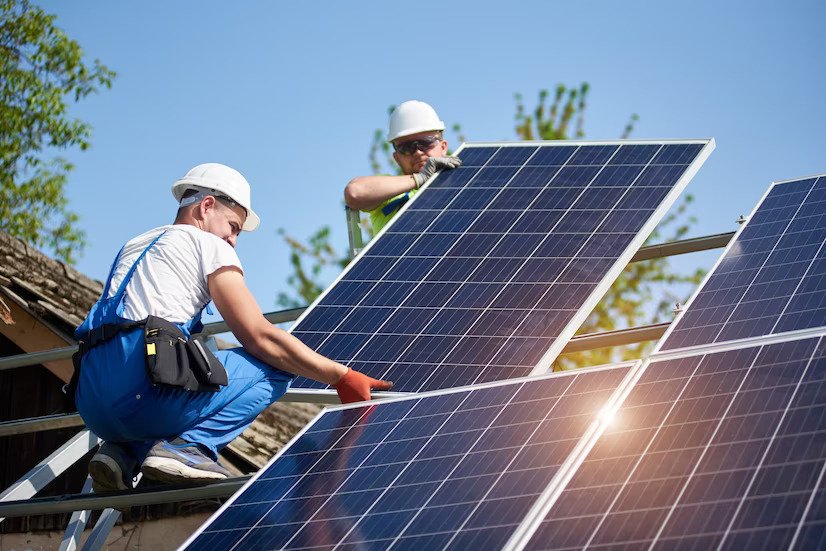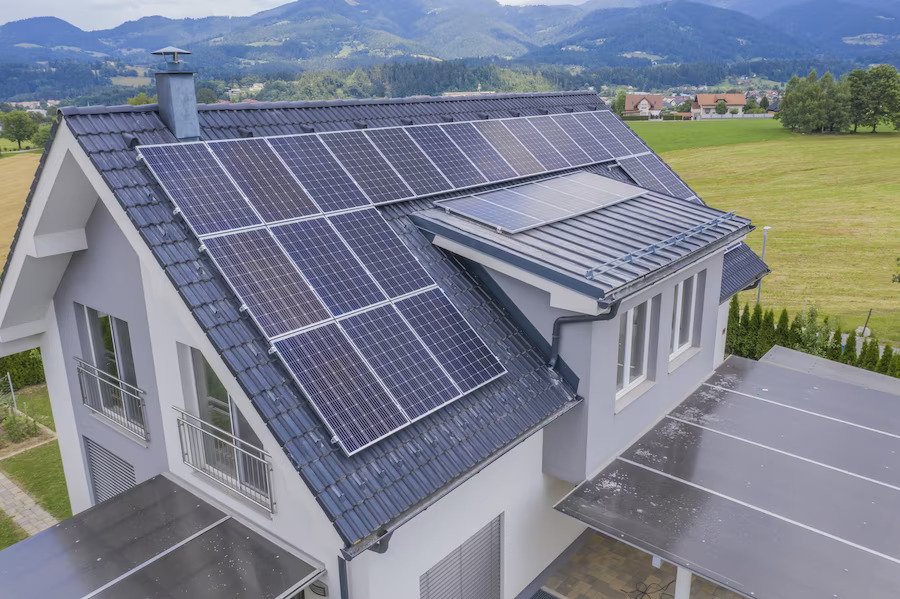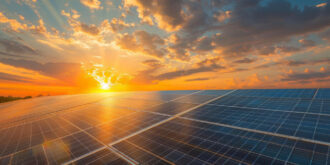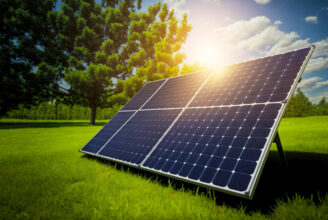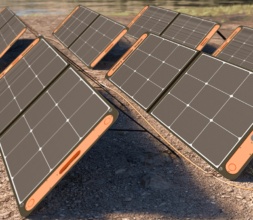The Do’s and Don’ts of Solar Panel Installation: Common Mistakes to Avoid
- 1 The DO’S & DON’TS of Solar Power
- 1.1 Lack of Awareness
- 1.2 Incorrect Assessment of Electricity Needs
- 1.3 Incorrect Determination of the Area of Available Space
- 1.4 An Error in the Calculation of the Solar Panels’ Size
- 1.5 Ignoring Elementary Safety Rules During Installation
- 1.6 Neglecting Preparation for Work With Electrical Devices
- 1.7 Dragging Clamps and Nuts
- 2 Conclusion
Solar panels can be one of the best solutions for your home. They not only provide an uninterrupted power supply but also help in obtaining financial benefits. However, you can only appreciate such systems’ advantages if installed correctly. At this stage, many owners usually have problems.
The DO’S & DON’TS of Solar Power
After all, solar systems are quite complex structures, each element of which requires a unique approach. To learn the specifics of their installation, some owners use the instructions included in the kit or video materials from the Internet. However, they do not guarantee a quality result. After all, without the appropriate experience, there is a possibility of making mistakes. Please familiarize yourself with them in advance to avoid problems during installation.
Lack of Awareness
Every year, more and more homeowners decide to provide their homes with solar energy. IEA studies confirm this. They indicate that in 2024 an increase in solar capacity of 200 GW is forecast. This confirms the growing demand for such installations and the increase in the corresponding information. For example, you can find many helpful advice on the Internet now.
However, no matter how detailed the stages of the installation are described in the instructions and video materials, there is still a lot that only a professional knows. Moreover, it is easy to find such specialists. To do this, it is enough to search the Internet with the request of ‘solar companies near me’ and choose the one that best suits you. If you still want to install solar yourself, consider the possible risks.
You need more than just instructions and rules to set everything up correctly. This task requires basic knowledge of electrical devices and the principles of solar systems. Otherwise, the probability of short circuits, fires, and damage to the components of solar panels increases. Especially if elementary rules of handling electrical devices are violated.
Incorrect Assessment of Electricity Needs
If you install solar panels, calculate the annual electricity consumption in advance. This is necessary to choose designs with appropriate power indicators. In this case, they can cover the house’s need for electricity completely.
If the power of solar systems does not match the level of consumption, the investment may be unprofitable. To avoid such consequences, you should contact experienced masters. They will help determine consumption volumes and choose optimal devices.
Incorrect Determination of the Area of Available Space
DIY solar panel installation is possible with enough space on the site. Structures can be placed on the roofs or the plot near the house. It is necessary to inspect these places in advance and measure the area. The obtained data must be compared with the parameters of the solar panels you plan to purchase. The important thing is that they should not be equal.
After all, the structures have additional elements requiring free space. For example, you should not place oversized solar systems on a narrow, compact roof. In this case, there is a high risk that they will tip over or fall. The best solution under such conditions may be installing a solar panel on the plot near the house if there is a place for it.
An Error in the Calculation of the Solar Panels’ Size
Dimensions are an essential factor that determines the effectiveness of structures for a particular house. Some owners solve this issue most simply. They calculate the electricity consumption and look for solar panels to meet these demands. However, this approach ignores other important factors that affect the amount of energy devices provide.
Among them, you can highlight:
- geographical location;
- inverter voltage parameters;
- the presence of unique mechanisms (on sale, you can find designs that can move behind the sun to capture more energy during peak hours).
When choosing solar panels, you will likely make a mistake if you don’t consider these details. The consequences can be pretty severe. If the required voltage level is not present, the system may fail.
Ignoring Elementary Safety Rules During Installation
In most cases, solar panels are placed on the roofs of buildings. This location itself is a risk factor for installers.
It would be best if you were ready for the following challenges:
| Performance of works at a great height | Some homeowners already have experience with roof work. However, installing solar panels is a specific type of work, so you need to ensure high safety. |
| The need to move equipment and overall structures to the roof | Solar panels include not only panels but also a large number of additional devices. |
| The need to check the exits for connection at height | To ensure the correct functioning of the structures, you need to check the cables and the possibility of connecting devices on the roof. |
Even if you have experience working in such conditions, you should not ignore basic safety requirements. In the process, you must move long panel strips up, which is problematic. In addition, you will have to work with other types of bulky equipment. To avoid unforeseen situations, taking care of safe work performance in advance is necessary. For this, it is worth buying unique safety belts and fasteners in advance.
Neglecting Preparation for Work With Electrical Devices
Experienced electricians and solar panel technicians know what to check before installation. If you are interested in a DIY home solar system and have decided not to use the services of specialists, then you should take care of the preparation yourself.
First, it is necessary to check the condition of the cables and the general electrical network of the house. After that, you should worry about installing grounding. Another factor to check is the correctness of the connections. If at least one component is broken, short circuits and other problems may occur in the system.
Dragging Clamps and Nuts
Before figuring out how to wire solar panels, you should worry about the correct tightening of all fasteners. After all, the functionality of the systems depends on this direction. If you tighten these elements more than necessary, the wear process will accelerate, and the solar panels fail. In addition, this way, you can break their frame. As a result, you will receive damage that will result in additional costs.
Conclusion
Installing solar panels with your own hands is an idea that attracts many buyers. Some of them even think about homemade solar panels. Both solutions are risky since they are about generating electricity and the associated risks. It is about shorting and other negative consequences. Therefore, you should prepare in advance or entrust this work to professionals.

